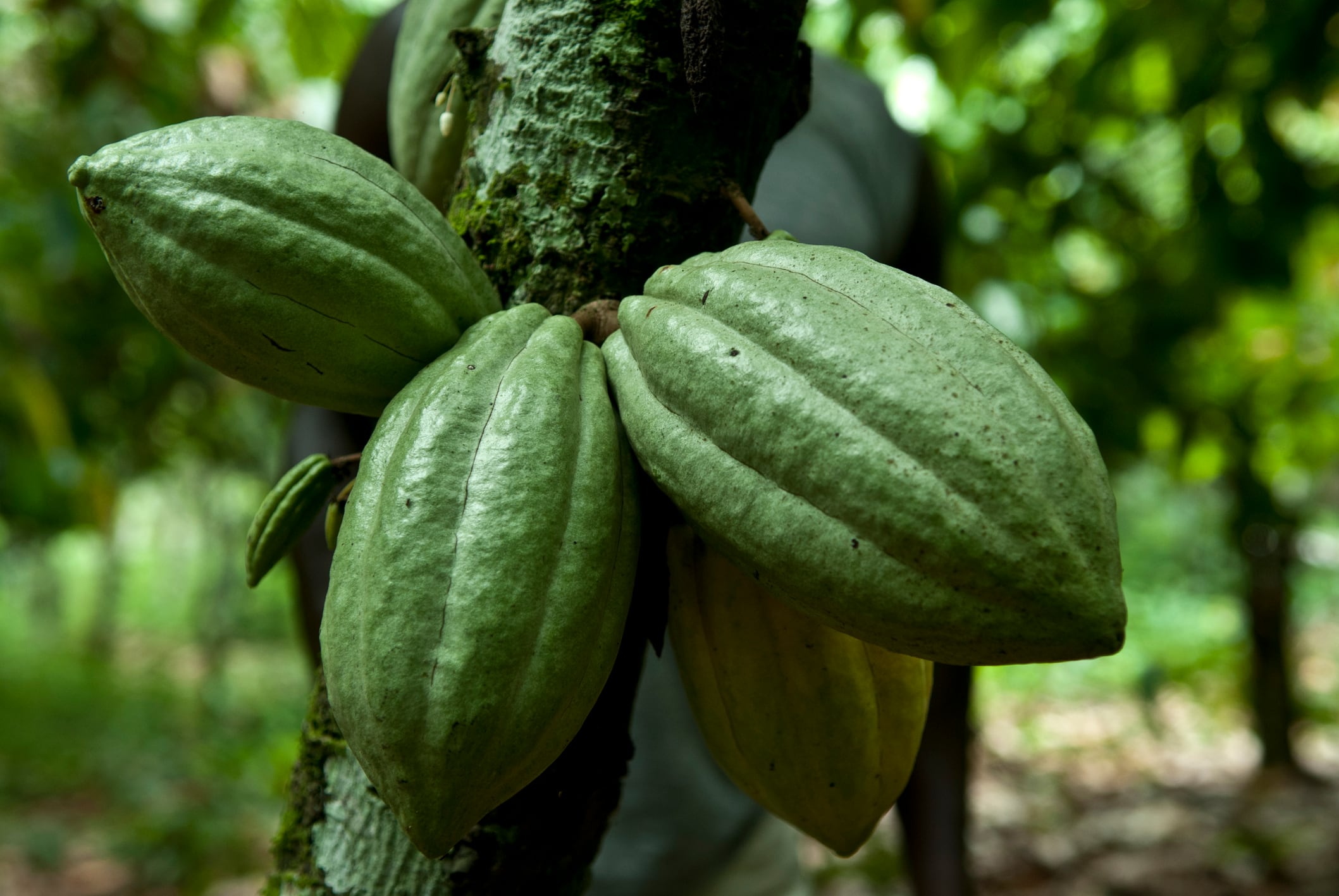Ghana is the world’s second-largest cocoa bean producer, providing 25% of the world’s cocoa production. Ghana and the world’s biggest grower, Côte d’Ivoire, collectively make up more than 50% of the globe’s cocoa. Ghana’s cocoa industry currently employs over one million farmers and adds around $2 billion (€1.8 bn) in annual foreign exchange.
However, despite Ghana’s position as a leading cocoa producer, volatility due to the ongoing cocoa crisis is anticipated to create further stress on confectionery brands and losses in the 2024/2025 season.
The cocoa sector has been facing a convergence of crises over the past decade, which is culminating in a prominent revenue gap in 2025. Farmers have been dealing with the ageing cocoa trees, disease, fluctuating weather patterns and years of chronic underinvestment due to low prices, leading to a decline in productivity.
“This, combined with the impact of global inflation on the cost of production and living, has forced many farmers to live in poverty or, in some cases, extreme poverty,” says Edward Akapire, Head of Region, Fairtrade Africa, West Africa Network.
Ghana experiences billion-dollar losses
John Mahama, Ghana’s president, has stressed that COCOBOD, Ghana’s official cocoa board, is anticipated to lose approximately $1.3 billion (€1.1 bn) in funds for advanced cocoa contracts. These expected losses result from the country’s ongoing financial struggles following its cost-of-living crisis.
As reported by Bloomberg, in March 2025, COCOBOD began a review of its $2 billion (€1.8 bn) accumulated debt. Ghana’s Cocoa Board strives to improve the country’s balance sheet to help cocoa producers plug the revenue gap amid dwindling cocoa volumes. As the new 2024/2025 cocoa crop season began in October 2024, COCOBOD failed to secure foreign bank loans—the first time in over three decades.
While there has been a significant rise in cocoa prices in the global market over the past year, the higher price has not been fully transmitted or reflected in the local farmgate price. “This, to our understanding and from Ghanaian government responses, is due to forward sale commitments the government of Ghana has made from previous seasons, which were at a relatively lower price and have been unfulfilled and are now being fulfilled,” says Akapire. Ghana’s declining level of cocoa production is primarily driving this status quo.
Ghana is anticipating a cocoa harvest forecast of approximately 617,500 tonnes for the current season. The expected crop production drop comes after COCOBOD revised its production target estimates for the 2024-2025 season by nearly 20%. The initial projection of 810,000 metric tonnes has been reduced to 650,000 metric tonnes due to an unusual dry spell affecting several of the country’s cocoa-growing regions.
“The phenomenon of the government lagging in fulfilling previous contract commitments, we understand, has made it difficult for the Ghanaian government to establish farmgate prices based on the current high prices of cocoa in the global market,” says Akapire.
Notwithstanding, in September 2024, Ghana’s COCOBOD announced a considerable rise in the producer price of cocoa, rising from $1,353 (€1,191) (in the previous season) per tonne to $3,104 (€42,256) per tonne. This marked a 129.36% increase from the last season. “The higher prices will bring partial relief to farmers,” says Akapire.
Cocoa struggles extend to wider sector
Confectionery companies’ profits and extreme farmer poverty result in a revenue gap in Ghana. Yet now, the ongoing cocoa crisis risks disrupting manufacturers’ sales and performance records.
According to the International Cocoa Organization’s (ICCO) February 2025 report, high cocoa prices see depressed demand, leading to producers experiencing financial challenges, particularly operational costs. Mondelēz International reported “unprecedented cocoa cost inflation” in February 2025. The Hershey Company also said it “expects the surge in cocoa prices to put significant pressure on 2025 earnings”. Increasing confectionery prices may lift brands’ sales values but decrease sales volumes.
Further collaboration is vital to implement lasting change. “Farmers, governments, and industry must work together to ensure higher farmgate prices are sustained long-term and not subject to boom and bust,” Akapire adds.
Fairtrade International strives to provide targeted support to farmers and their cooperatives through capacity-building programs, training and access to resources based on farmers’ needs. For example, the Fairtrade West Africa Cocoa Programme works to build strong and resilient cooperatives by assisting them in assessing risks connected to deforestation and human rights and environmental due diligence.
Other projects, such as the SANKOFA Project and the Ghana Agroforestry for Impact (GAIM) project, focus on assisting farmers with new knowledge and skills in production practices like Dynamic Agroforestry (DAF). They aim to boost climate resilience, productivity, additional income, nutrition and food security from intercropped food crops on the cocoa farms.
Mondelēz celebrates over 10 years of its Cocoa Life in Ghana programme, designed to support cocoa farming communities. As of December 2024, 89,000 farmers are currently participating in Cocoa Life.
Ghana’s heritage crop
Highlighting the role of cocoa within Ghana’s economy, on 2nd April, Ransford Anertey Abbey, the Chief Executive of COCOBOD, described cocoa as a heritage crop. It states it’s due to play a significant role in what Ghana’s Cocoa Board hails as the country’s economic transformation agenda.
As part of its economic plans, the Chief Executive aims to invest in modern agricultural techniques such as irrigation, replanting old farms, encouraging youth involvement in cocoa farming and introducing farmers’ fair prices. Amid the country’s plans, Ghana strives to move from being solely a raw cocoa bean producer and exporter to a global leader in cocoa processing and value-added products.
Confectionery News reached out to COCOBOD for comment on this story, but no response has been received at the time of going to press.



